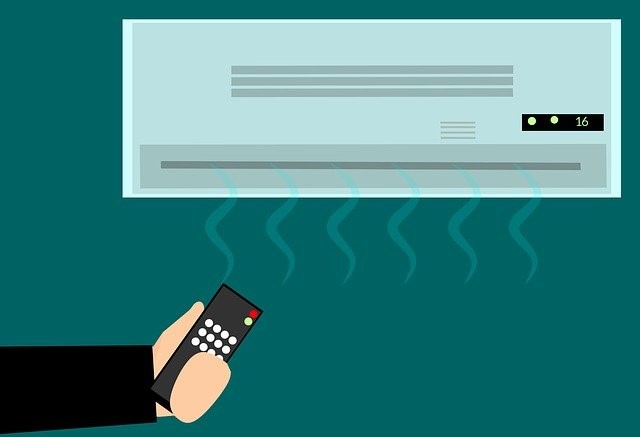No one knows what the future might bring, but that does not stop people from planning and speculating!...
Why Hire Professionals for Air Conditioner Installation?
You will get several benefits when you hire a top air conditioner installation Jacksonville FL company. Remember, experience...
Tips to Eliminate Smoke Odors from The Home
Wildfires in California are a growing problem, and it’s not just when the flames are roaring that the...


